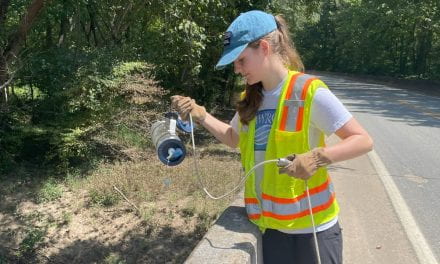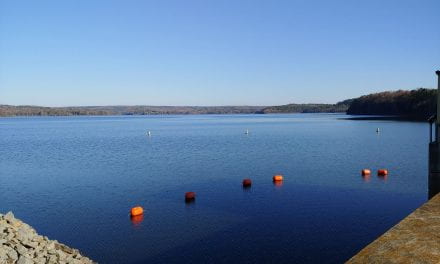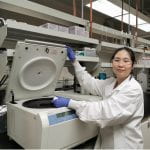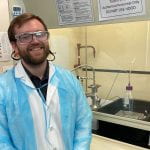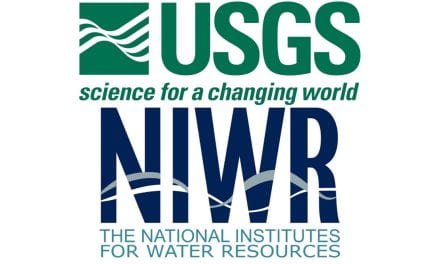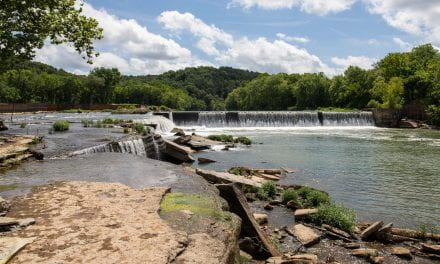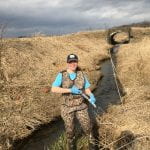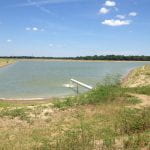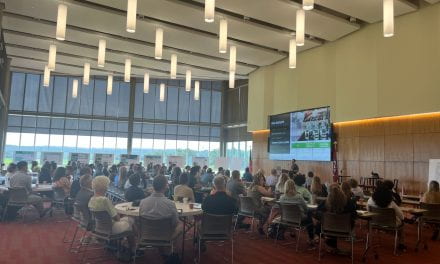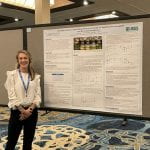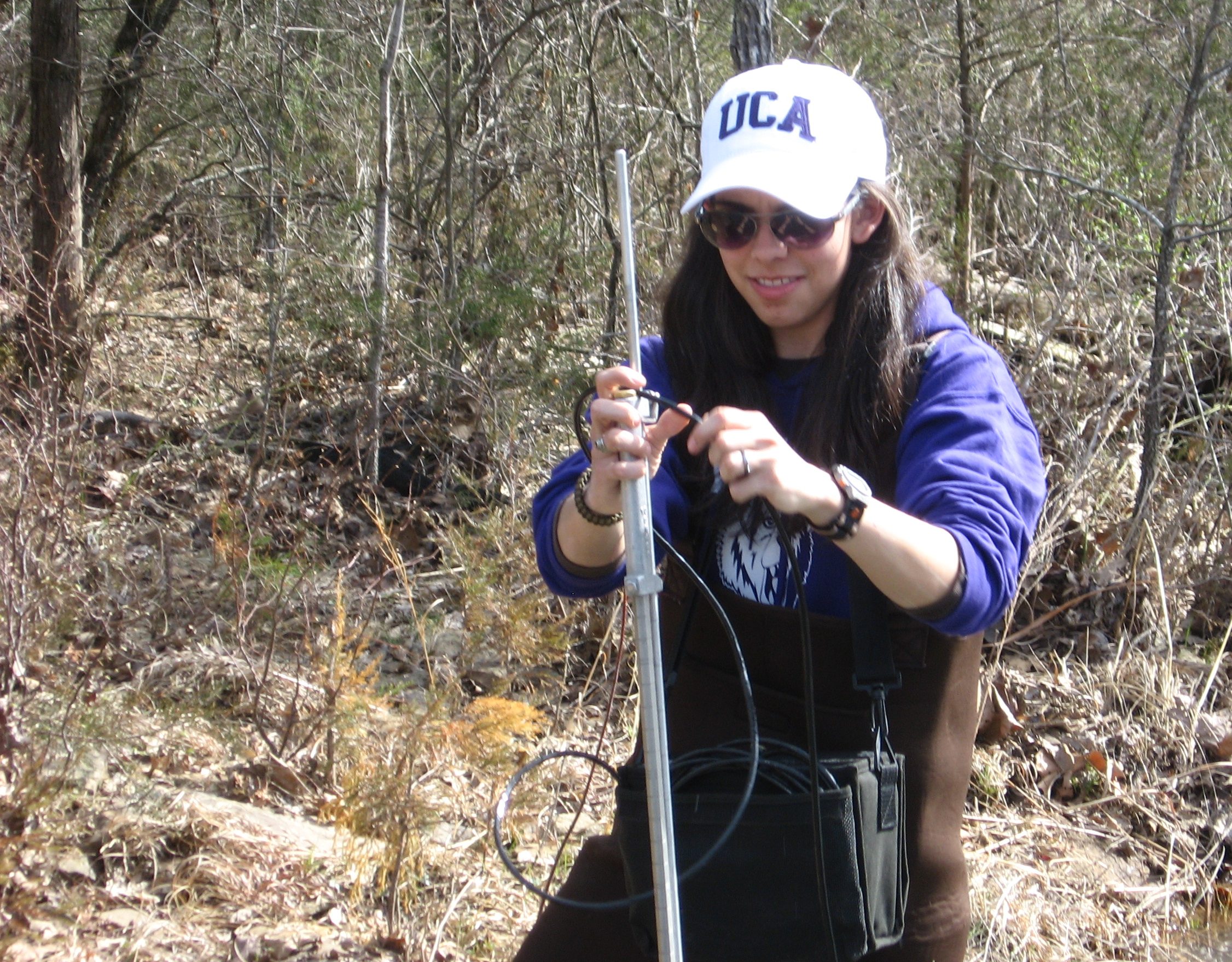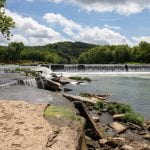
Biofilms in Water Distribution Systems Could Accumulate Harmful Amount of Lead
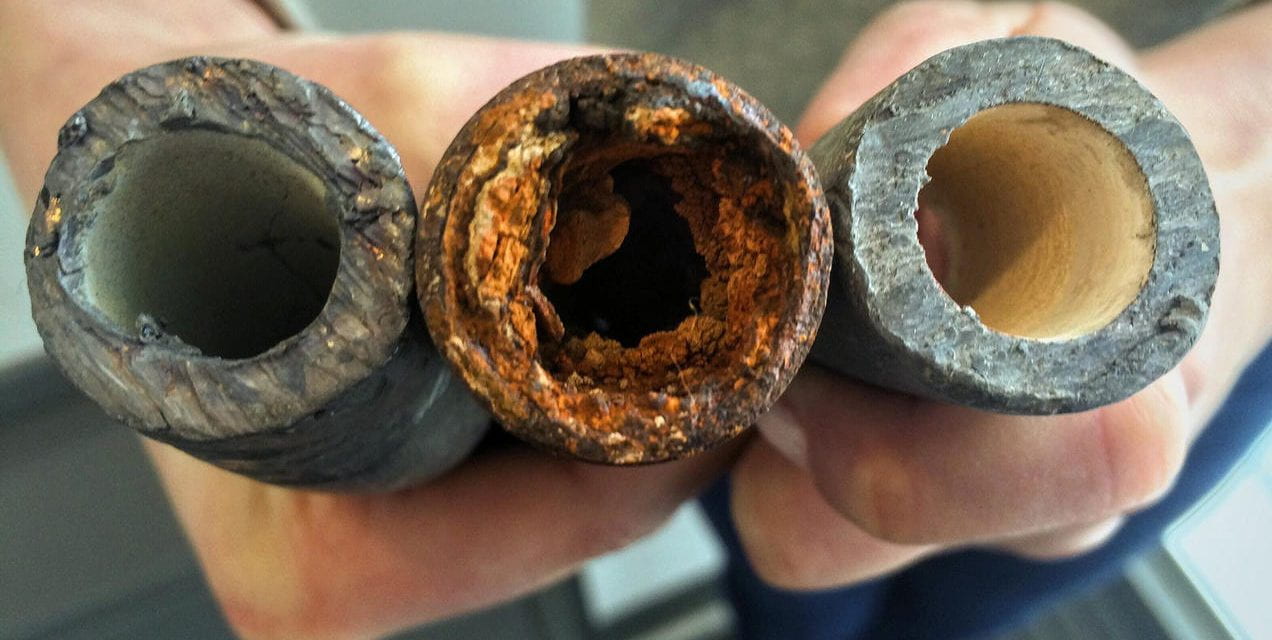
In 2014, issues with lead in Flint, Michigan’s drinking water resulted in concerns over lead contamination in drinking water in communities throughout the country. Even in very low doses, lead is detrimental to human health, especially in developing children. So the Environmental Protection Agency (EPA) has set the maximum contamination level goal (MCLG) for lead in drinking water at zero.
The complete removal and replacement of lead pipe and lead based solder from homes and municipalities’ drinking water distribution systems (DWDS) is the most effective way of achieving the EPA’s MCLG for lead. However, one University of Arkansas research group found that the issue may get worse before it gets better following partial lead pipe removal from DWDS.
Kaleb Belcher, a graduate student in Civil Engineering at the University of Arkansas, working with his advisor Dr. Wen Zhang, associate professor of Civil Engineering, examined the interaction between lead sources and biofilms, naturally occurring organic and inorganic materials inside pipes.
The team measured a sharp increase in biofilm lead concentration after a section of lead pipe was removed from a model DWDS. “This increase in lead content after the lead source was removed, suggests that lead particles or scale was dislodged in the process of removing the pipe, which were then able to attach to the biofilm,” said Kaleb. “Because of these findings we recommend that a flushing regime should be followed after lead pipe removal occurs, to ensure all residual lead is removed before continuing usage,” he added.
They constructed five 30-foot long simulated DWDS out of commonly used pipe materials (lead, Pex-A, copper type K, galvanized steel, and PVC), with a 2-foot section of lead pipe at the beginning of each one. For seven months, water flowed through each model DWDS intermittently, simulating typical residential water use patterns. During this time, the lead pipe in each model served as an initial source of lead contamination. After seven months, the lead pipe was removed from each model and water continued to flow through them for another month and a half.
Throughout the study sacrificial sections of each model were removed for analysis of scale and biofilm build-up along the interior walls of the pipe. Both scale and biofilm were analyzed for lead content.
As would be expected, there was a gradual increase in lead content of the biofilm in the lead pipes during the initial phase of the study, whereas biofilm lead content in the other branches was relatively low. However, the lead that accumulated within biofilms served as a secondary source of lead contamination in water, after the initial 2-foot lead source pipe was removed from each branch.
These findings certainly can inform drinking water resource managers and municipalities that make routine pipe replacements for DWDS to help ensure the health and safety of the public.
This research was funded by the U.S. Geological Survey 104B program through the Arkansas Water Resources Center and the Tulsa Metropolitan Utility Authority, and was published in the 2018 Arkansas Bulletin of Water Research.
Image caption: Biofilms form on the inside of drinking water distribution pipes.

